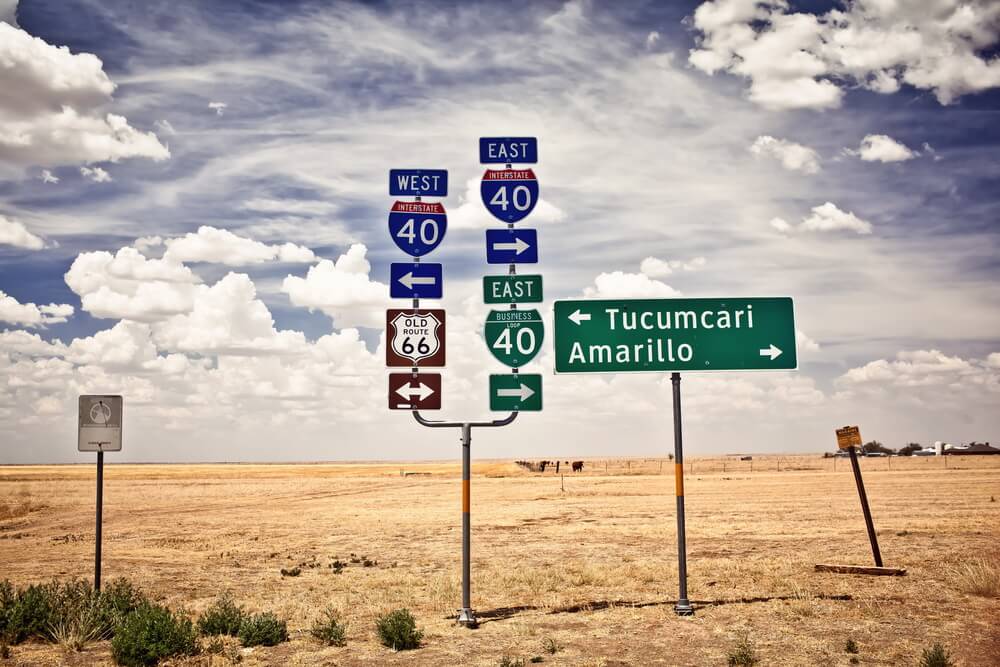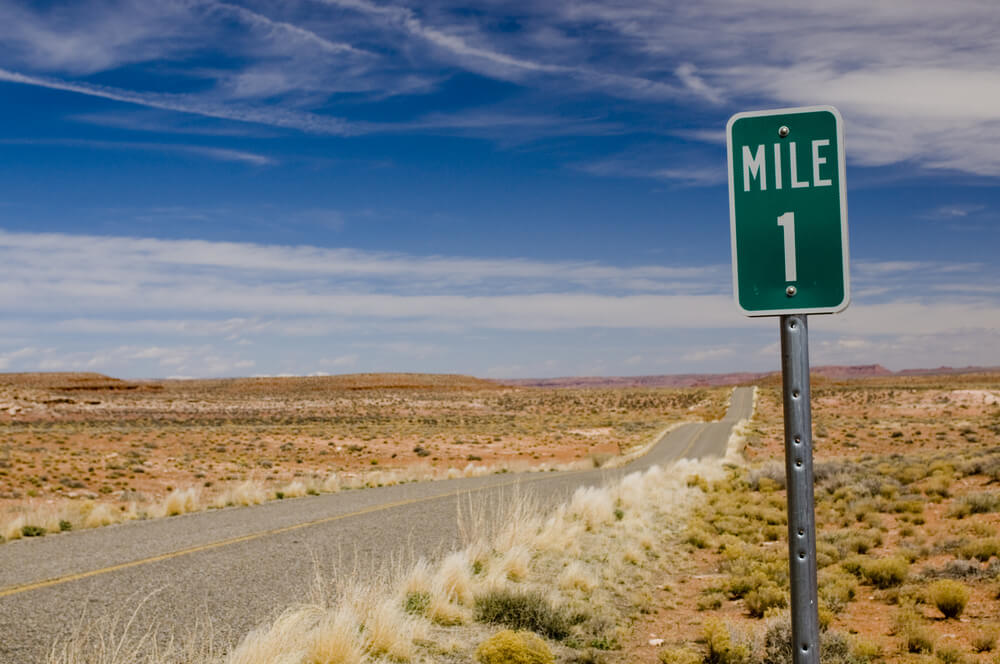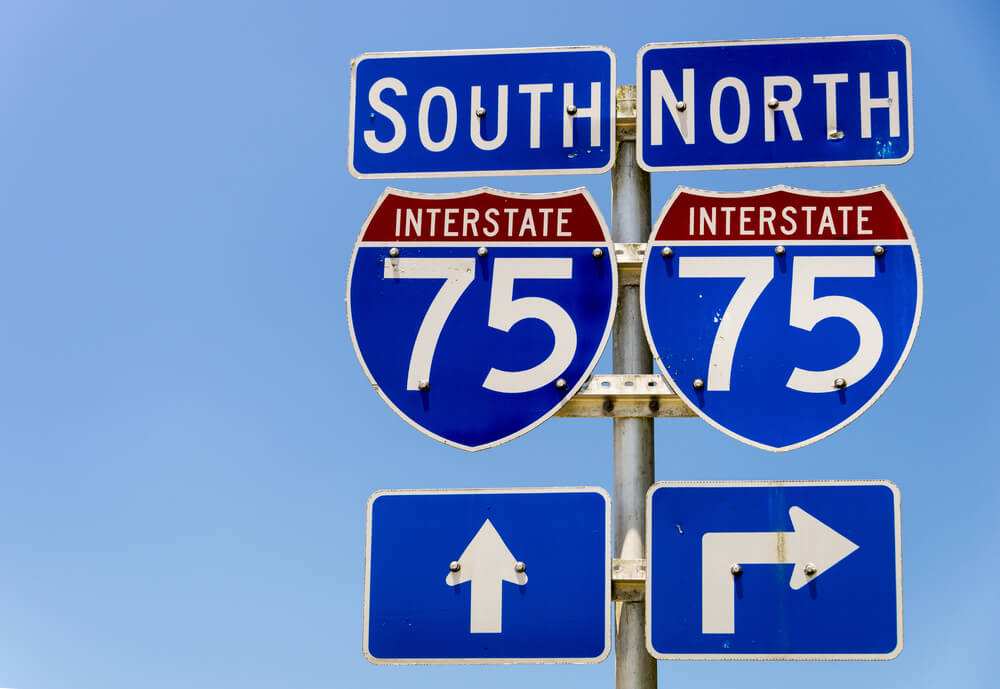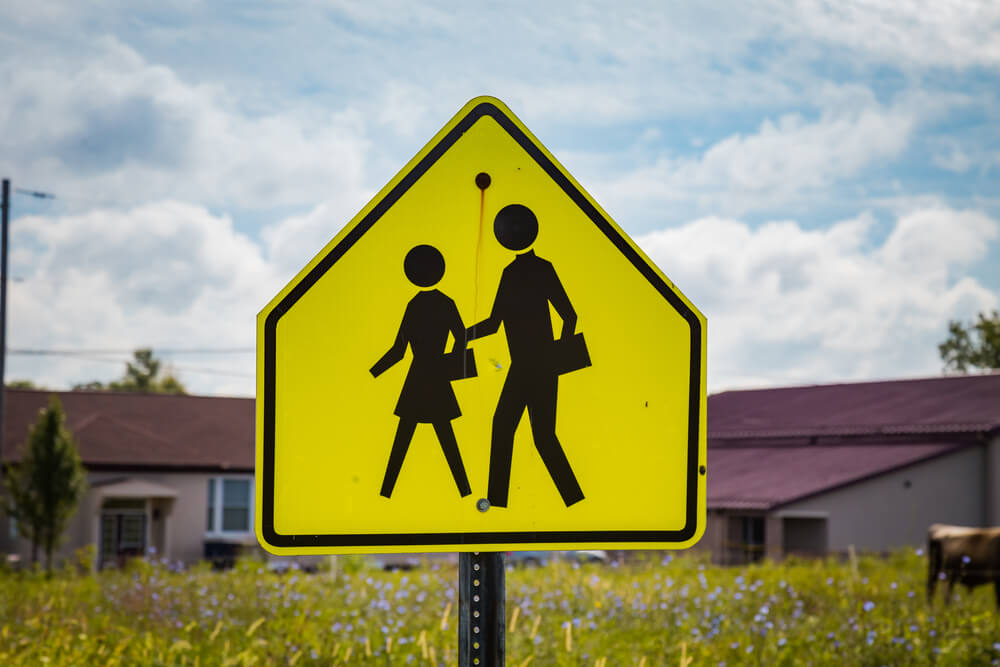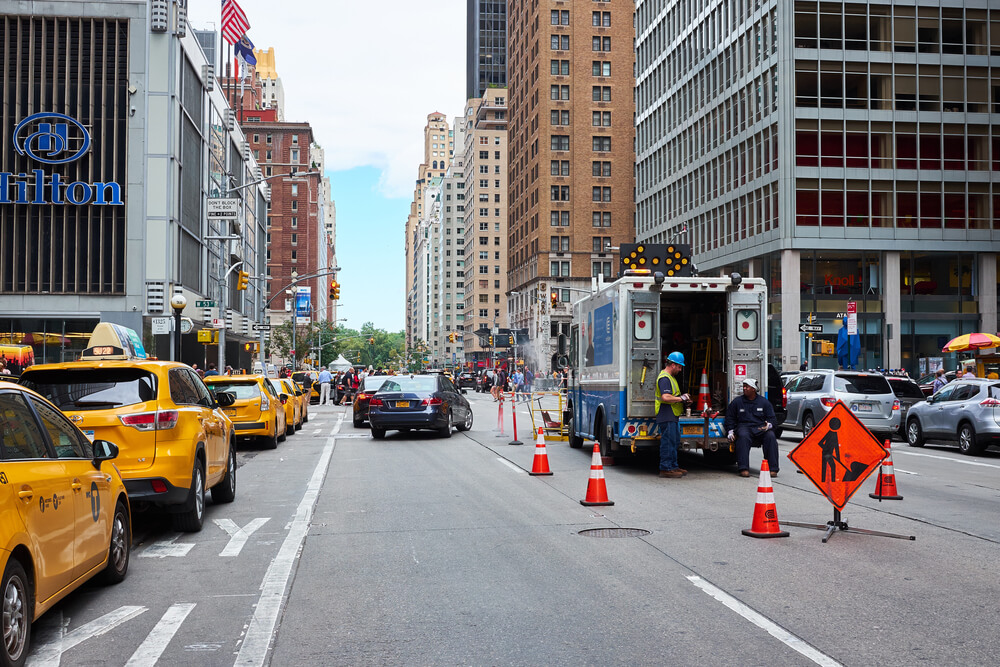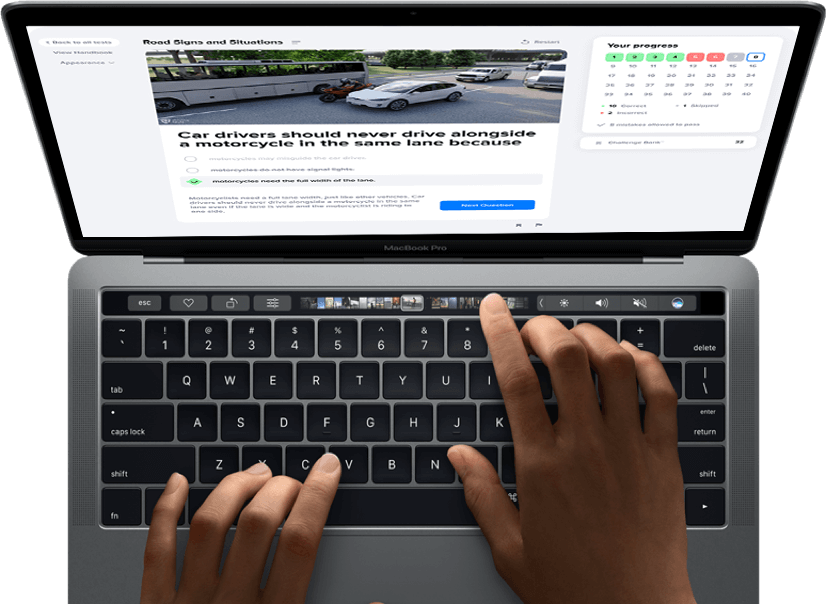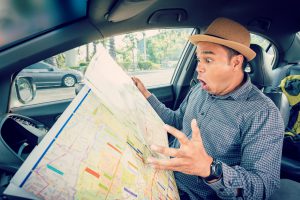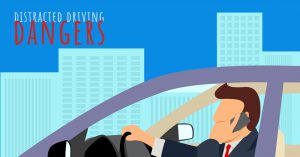Whether you rely on road maps or GPS devices to find your way while driving, it is essential to be familiar with common U.S. navigational road signs.
Understanding how to identify navigational road signs will enable you to match your directions with your actual location. In the event that you do not have a map or navigational device, you can use road signs to find your way.
American roadways are dotted with millions or road signs, most of which serve navigational purposes. Review the following list of common types of road signs so that you can make sense of these colorful pieces of metal.
How To Understand and Use Navigational Road Signs
- 1
Mile Markers
Mile markers shows you which direction you’re going. On most interstates, mile marker numbers begin at the south or west state lines![mile marker]()
These often ignored road signs appear on major highways and interstate highways and inform drivers of the numerical distance in which they are located on the highway. Mile markers appear as small, rectangular green signs with white numbers. Mile markers are especially useful in determining your precise location on desolate stretches of road. For example, by paying attention to mile markers, you will be able to inform a tow truck driver that you are stalled on the fifty-eighth mile of a particular roadway.
- 2
Street Signs
The theft of street signage is treated like any other theft with respect to prosecution and sentencing![street sign]()
Sometimes missing or stolen, street signs are long rectangular signs positioned at the top of eight to ten foot polls at the ends of streets. These signs inform drivers of road names.
- 3
Highway and interstate shields
Those iconic interstate highway shields allow reasonable assumptions of road quality![interstate highway sign]()
Particular types of highways have particular shaped shields. State highways always appear as white shields outlined in black with the corresponding highway number in black in the middle of the shield. Interstate highways also appear in the shape of a shield but are blue outlined with red and the corresponding interstate number is shown in the middle in white. An array of these signs often appears at major intersections. Above each will be listed the direction of that interstate (north, south, east, or west) and below will appear an arrow informing driving which way they need to turn to continue on that particular route.
- 4
Distance signs
Distance signs can help you immensely when your navigation is down![distance signs]()
These large green billboard-like signs appear along side major highways and interstates. They list upcoming destinations and the distance to each. These signs are useful in calculating fueling stops, rest stops, and for matching your location to your map or GPS directions.
- 5
Pentagon-shaped school signs
School zones usually have a reduced speed limit during certain hours![school zone]()
When you see school-crossing signs, make sure to immediately reduce your speed. If you are in a hurry, it might be best to choose a different route during early morning or mid-afternoon hours to prevent delays.
- 6
Bright orange triangles
Mind that fines double in work zones when workers are present![rear facing seat]()
These signs indicate areas where road work is occurring. These signs have black markings, sometimes indicating the presence of a flag person, a double fine zone, or rough surfaces. These orange construction signs may also affect your route because they can indicate detours.
The importance of noticing and reading navigational road signs is often underestimated by drivers.
These signs are put in place for your benefit, not as decorations. Use them!
